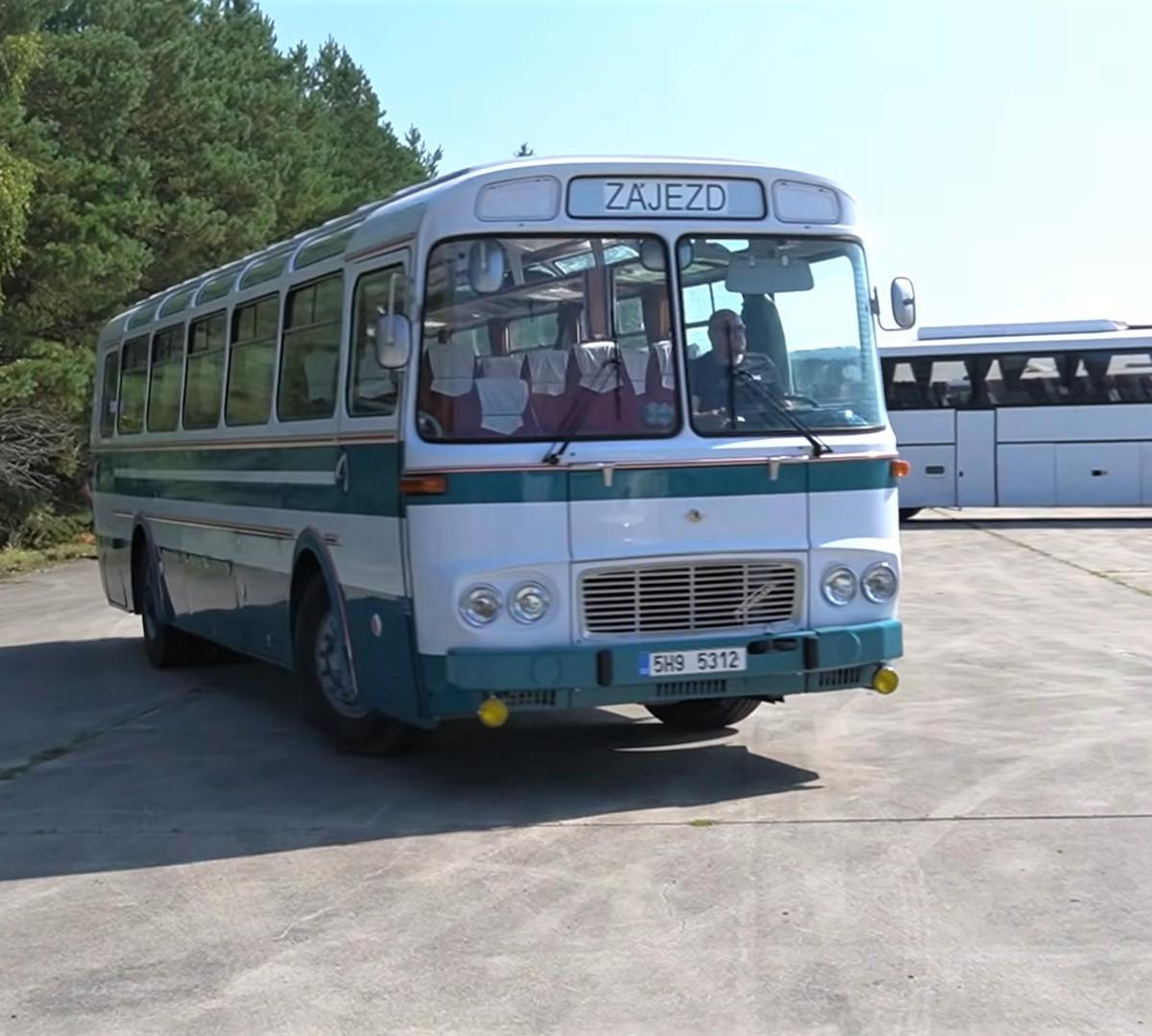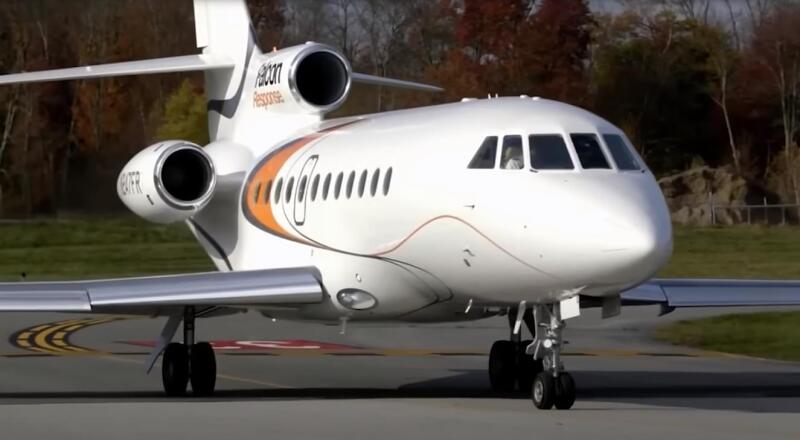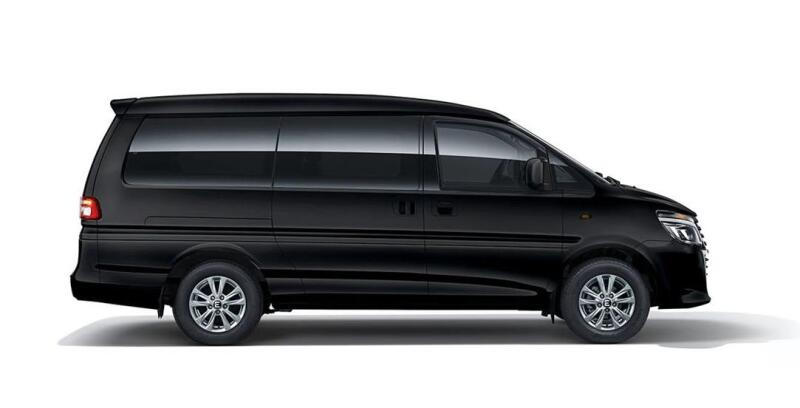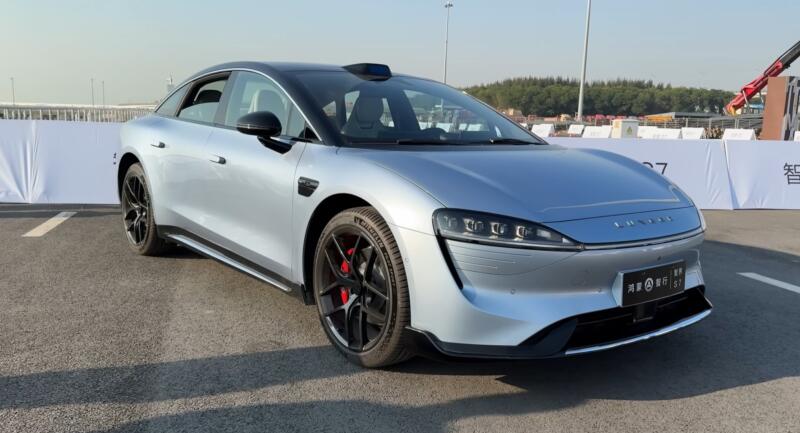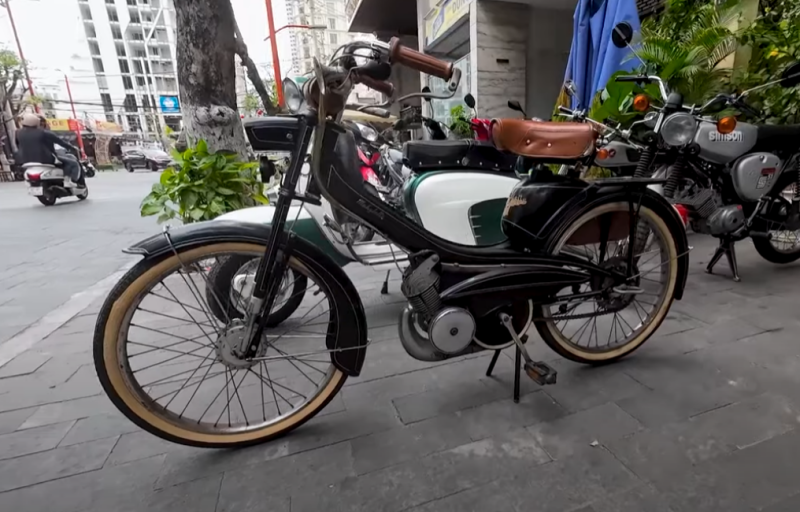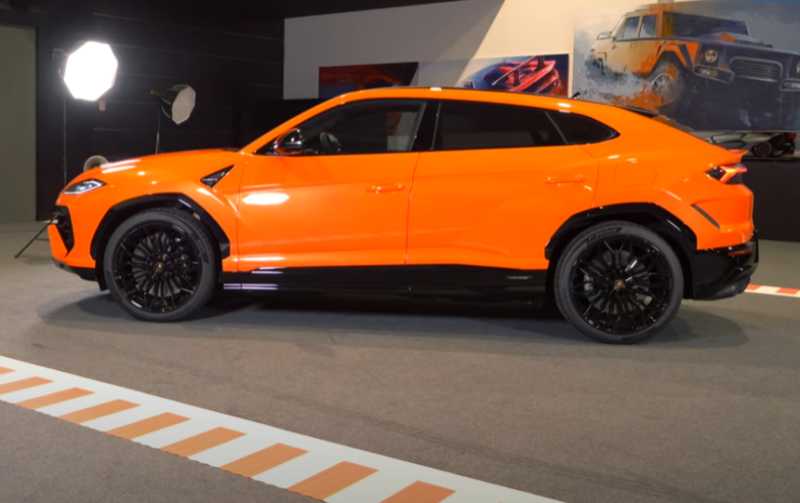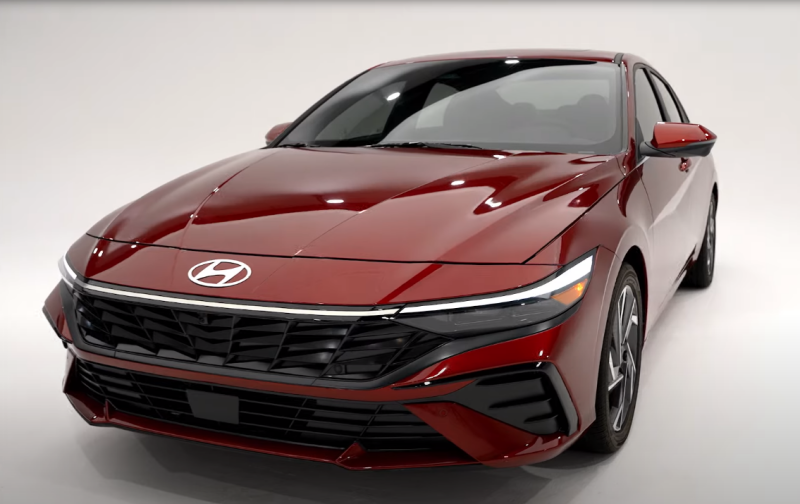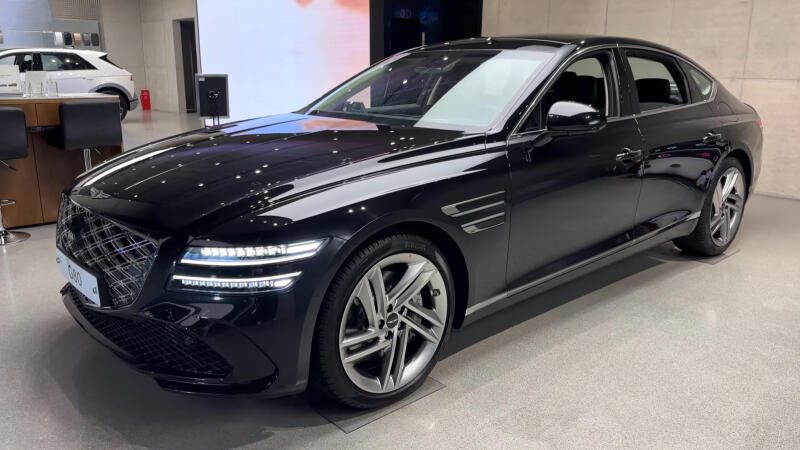A couple of decades later, his homeland turned into an independent state. And the modest company he created, after another three decades, grew into the leading manufacturer of buses in the Czechoslovak Republic. A little later, she completely remained the only one in this niche. The same situation persists today. But let's not get ahead of ourselves.
 So modestly began the history of Karosa. Photo: youtube.com
So modestly began the history of Karosa. Photo: youtube.comOf course, more than a hundred years ago, the carriage crew was the only means of mass transportation of passengers on land roads. Everything changed dramatically after the advent of internal combustion engines and cars. Crews became motorized, becoming the progenitors of modern buses. In the new conditions, the son of Sodomka had to “keep his nose to the wind”.
The birth of Karosa buses
Since 1925, in addition to reducing the production of horse carriages, the main attention was paid to the manufacture of bodies for mass-produced domestic automobile chassis. Who would have imagined that in the post-war period a modest enterprise would force them out of the niche of bus production. At the same time, the production of various trailers and gliders began in Vysoka Myto.
1928 can be considered the official starting point in the production of the first bus bodies (albeit on Tatra and Skoda chassis). The company has become famous for its own forms, high-quality assembly and success at exhibitions (for example, the popular Tatra 600 convertible).
After the war, the power in the country changed, and the enterprise was nationalized. After that, it was decided to reduce the assembly of car bodies, and turn the company into the main bus manufacturer of socialist Czechoslovakia. After that, direct competitors, such as Skoda or Praga, were given an unspoken ban on competing with the bus plant, "designated" as the base in the republic.
 Such bodies were manufactured by the enterprise 100 years ago. Photo: youtube.com
Such bodies were manufactured by the enterprise 100 years ago. Photo: youtube.comWhen the Sodomko company survived the process of nationalization in 1948, they thought about changing the name. We decided that the name of the former owner should not be used in the national enterprise. The new authorities took advantage of the fact that Oldřich Uhlik's Prague company, which owned the industrial rights to the established Karosa brand, also became part of the nationalized company. Thanks to this, it became possible to use it for a company that received a central office in Vysoké Myto.
Naturally, under the communist regime, such a situation implied state indulgence and many other positive aspects. All this created the most comfortable conditions for the development of the enterprise in Vysoké Myto. In the late 1950s, the company began to produce the first very popular city bus models, which were awarded at many international exhibitions (for example, at the Brussels EXPO in 1958).
This was followed by modifications for intercity transportation and even an articulated version, which was preserved only in the form of a prototype. Subsequently, the bus was produced under license in Poland (Jelcz). In 1962, they also registered the company THZ Poliska, which produces fire-fighting equipment under the Karosa brand. This continued until the 90s, when it turned into a separate enterprise.
The first models on someone else's chassis and further development
Of course, a company with no experience and narrow specialists could not immediately master the full cycle of production of bus vehicles. Therefore, I had to resort to the help of fellow competitors. The first passenger transport, which Karosa launched in 1958, was the Skoda 706 RTO. He stood on the assembly line of the enterprise for 14 years and was later replaced by the company's first own model. In fact, he was a Czech "hodgepodge":
✅ engine from Skoda
✅ chassis from LIAZ
✅ body and assembly - Karosa
Because of its bizarre shape, the bus was nicknamed "cigarette butt" in its homeland. But, it had nothing to do with smoked cigarettes, the word was translated into Russian as "cucumber". I think Otokar Diblik, who designed the 706th, did not like it very much. Although, a person with a good sense of humor is always able to laugh at himself.
The history of Karosa, started with someone else's bus, successfully continued with its own models of the S series. They were also licensed to Polish partners, and production continued until 1977.
The bus "706th" model, which was prepared for the international competition, received a luxury filling. In addition to 24 comfortable seats, the cabin had a TV, a kitchen and a toilet. The 11,3-liter, 160-horsepower engine allowed the bus to accelerate to 85 km / h. The model was produced in different use cases. For example, suburban or intercity modifications had more seats: from 38 to 42 passengers.
 Karosa SM 11, which has long become a historical model of the company. Photo: youtube.com
Karosa SM 11, which has long become a historical model of the company. Photo: youtube.comThree years later, on the basis of this model in Vysoka Myto, they tried to create the first trailer of the NO 80 model. It did not go into series, unlike its Polish counterpart, which was later used by Czechoslovak motorists.
Real Karosa of the socialist period
Karosa SM 11 appeared as a prototype in 1961. After three years of improvements, the improved experimental model was handed over for testing. Their successful completion in 1965 paved the way for mass production. For 16 years, the Czechoslovak enterprise has assembled 9900 salons of this model. In order not to evoke associations with the “foreign” predecessor, the bus was equipped with many innovations:
✅ 2-axle body
✅ 3-door design
✅ engine in the middle, between the axles
✅ air suspension
✅ lowering the floor level to improve visibility
The letter index in the name SM meant "Skoda Mestski", i.e. "city bus with a Skoda engine." Such models did not arrive in our country en masse (they staked on the Hungarian Ikarus). But several copies of it were purchased as access vehicles for the capital's Sheremetyevo. Most of them finished their service already in Stavropol. Moreover, the interior of one of them still serves as an airfield change house.
The next model, which I would like to mention, connected two eras. Its release began in a stagnant 1974, and completed twenty-two years later, when the Czech Republic appeared. This is Karosa B 731. Over such a long period, almost five thousand copies have been released. Sometimes these "old men" can still be found today on the roads of the Czech Republic or neighboring countries.
The latest purely Czech buses
Karosa B 841 was one of the last models of the XX century. Its release lasted for three years, leaving it in the past millennium. The USSR and the monopoly on Hungarian technology remained in the past. Therefore, Czech specialists were able to assemble their buses and export them to the former Soviet republics.
 This is how the Karosa B 841 salon looks like. Photo: youtube.com
This is how the Karosa B 841 salon looks like. Photo: youtube.comThe Omsk municipality became the most massive consumer, having purchased a hundred buses of this model. This development of events was facilitated by the fact that in the "841st" they improved the insulation of the cabin and the mechanisms for fixing the entrance doors. This prepared it for more successful operation at low temperatures than its predecessor.
The next factory series was the "900th". It consisted of several models produced from the mid-90s to the mid-noughties. On the threshold of a new century, Karosa entered the Irisbus holding. Later there were many reassignments and changes of ownership, but this company was never purely Czech again.
 One of the Citybus models that brought the company European fame. Photo: youtube.com
One of the Citybus models that brought the company European fame. Photo: youtube.comHave the Czechs lost from this? I think no. After all, the bus plant, which is average by European standards, was able to acquire a “new breath”. Judge for yourself. In the "zero" the company offers high-quality Citybus 12M and 18M. After that - 3 Citelis models. Urban Urbanway and intercity Crossway became the pinnacle. Good dynamics allows the Czech Republic to become the European leader in terms of the number of buses produced per capita since 2014. And the company, which is now called Iveco Czech Republic, is considered one of the largest bus companies in Europe.
